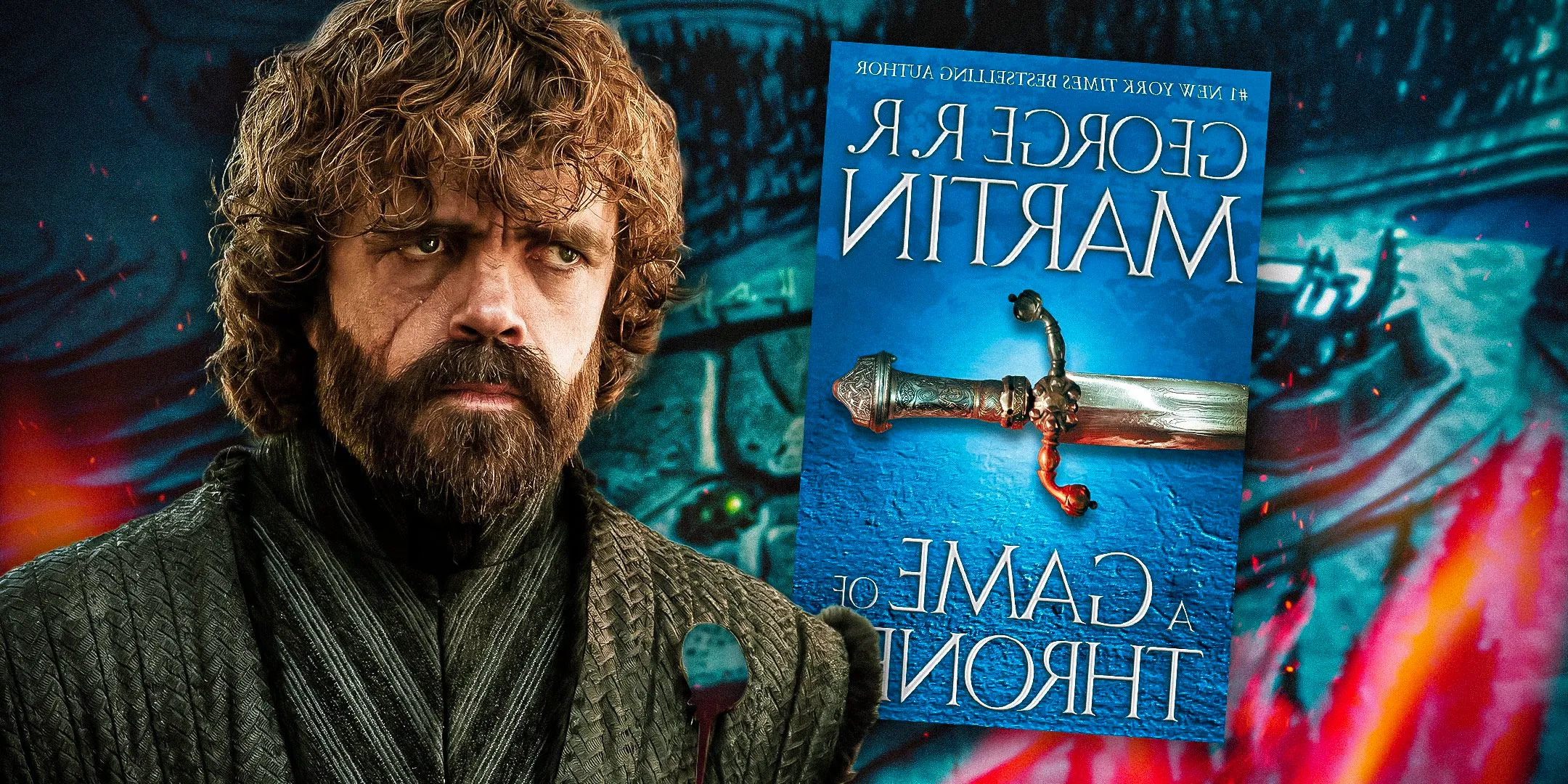Game Of Thrones vs. A Song of Ice and Fire: Tyrion Lannister – The Untold Story!
Tyrion Lannister: Why the Book and Show Versions Are WILDLY Different
Tyrion Lannister. That name conjures images of witty banter, strategic brilliance, and a whole lot of brooding. He’s one of Game of Thrones’ most beloved characters. But fans of George R.R. Martin's books know the show really softens him up; significantly changing the character and his key story elements throughout! The HBO adaptation, while popular, drastically differs from the books after season 4! Those original source books explore far darker aspects; making the TV version often appear surprisingly lighthearted in comparison!
This isn't some small thing. Tyrion in the books, although maintaining many characteristics from his HBO counterpart is a deeply flawed, complex, even cruel individual; emphasizing aspects that his HBO adaptation almost entirely ignores or plays down for a more likable depiction! The book portrays him as morally grey, bordering outright vicious at times, while the show frequently tones this down for wider appeal and generates an audience member much easier to root for; especially during his more dramatic story arcs which could’ve produced a darker experience than what audiences were ultimately treated to.
10 Major Differences Between Book Tyrion and Show Tyrion

10. Looks Matter: The Unattractive Truth About Book Tyrion
Let's start with the basics: Looks. Peter Dinklage is an amazing Tyrion; and it's easy to see just why this character has become the popular depiction that remains even to this day. Yet Martin described Tyrion as monstrously unattractive. That's one crucial difference, setting the stage for that totally different perception and ultimately affecting the character portrayal and resulting motivations of that character for everything else.
9. Tysha: A Twist That Reshapes Tyrion's Entire World
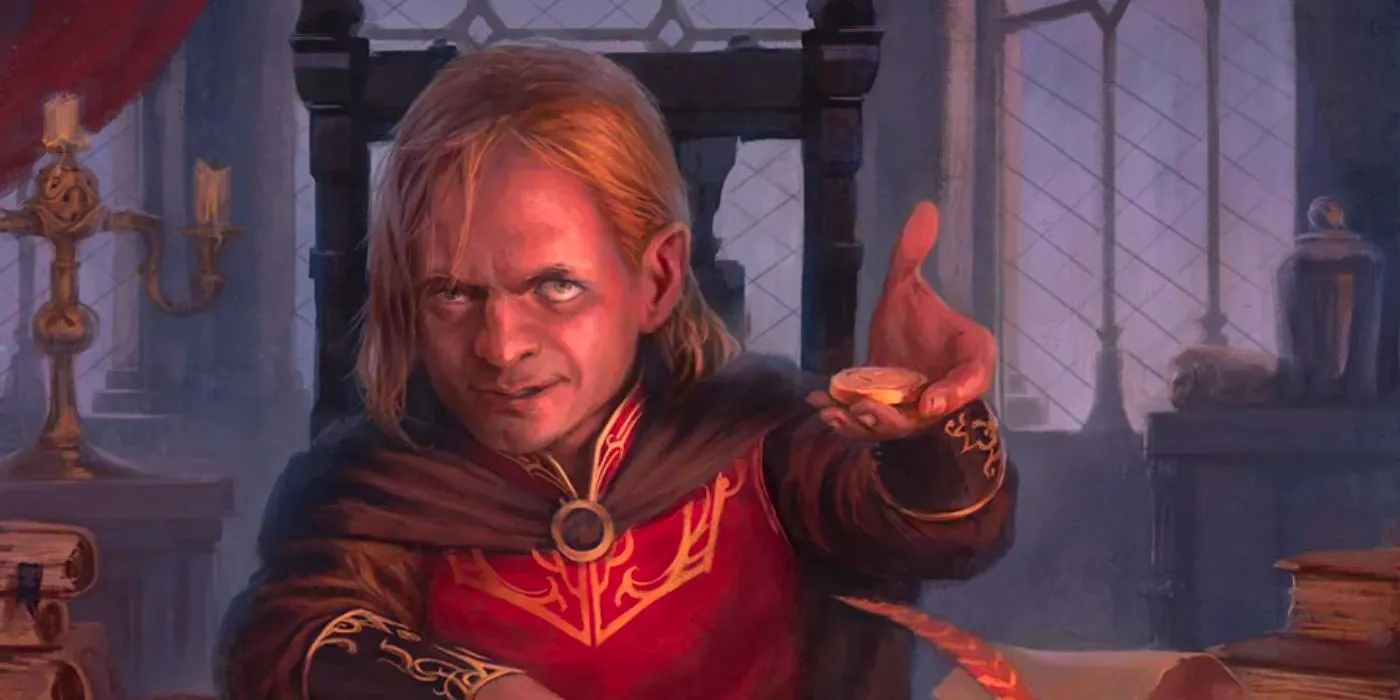
The Game of Thrones season 1 version depicts Tyrion sharing the traumatic rape of his bride, supposedly a prostitute, orchestrated by his own father Tywin. This created lasting trauma. However, the books provide an entirely different scenario. Jaime reveals that this woman, Tysha, wasn't actually a prostitute; it was made up by his father. And this reveal permanently shatters Tyrion's view of reality. It also dramatically impacts Tyrion's actions. That crucial difference and its ultimate consequences, as those details affect other aspects of Tyrion's later behaviors is utterly omitted.
8. Tyrion's Descent into Darkness: Vengeance in the Books
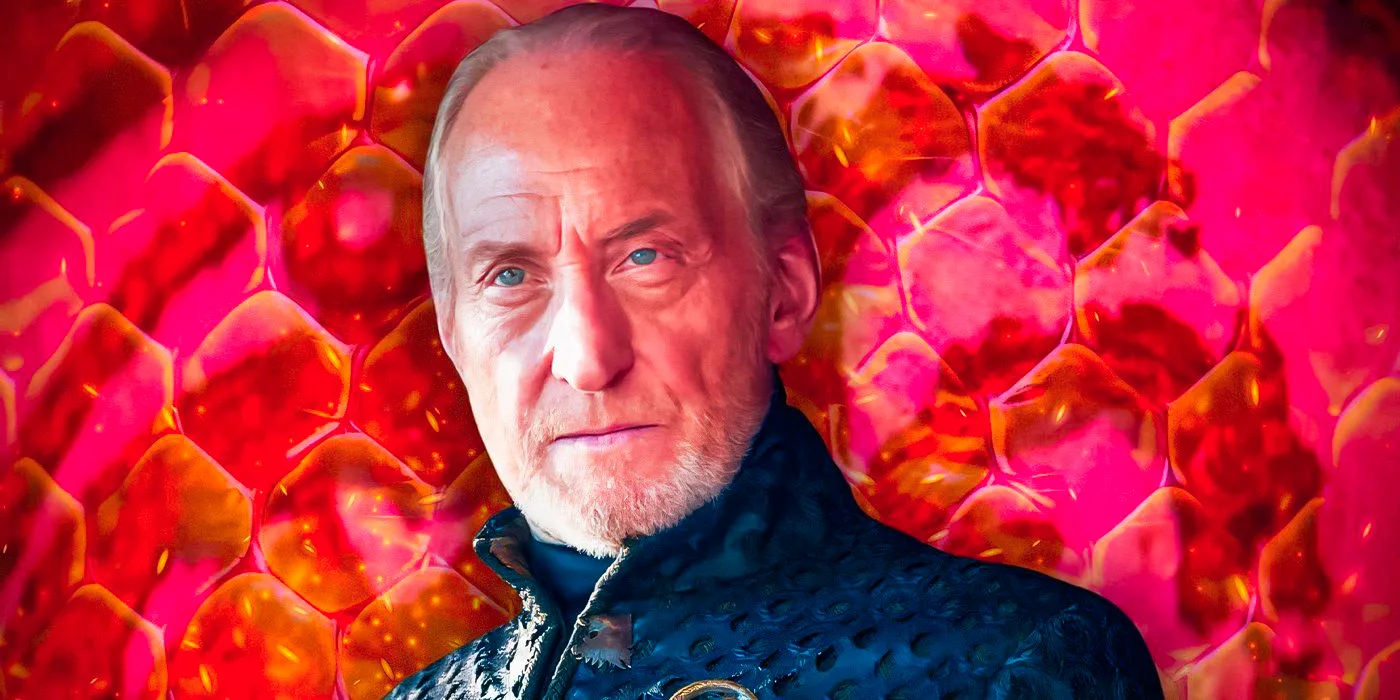
The show plays Tyrion as more morally just than his literary counterpart, although Martin’s own depiction of Tyrion post-A Storm of Swords shows a different character who gives in to those powerful, negative emotional elements involving revenge that was only vaguely mentioned before. That vindictiveness completely defines those actions within A Dance With Dragons; that level of anger affects the narrative. For example; his method of killing Symon Silver Tongue; the book depicts that man as turned into stew and eaten! He had someone literally made into a meal and distributed amongst his enemies. The show never gets anywhere near that level of gruesome brutality!
7. Cersei's Fear: The Valonqar Prophecy
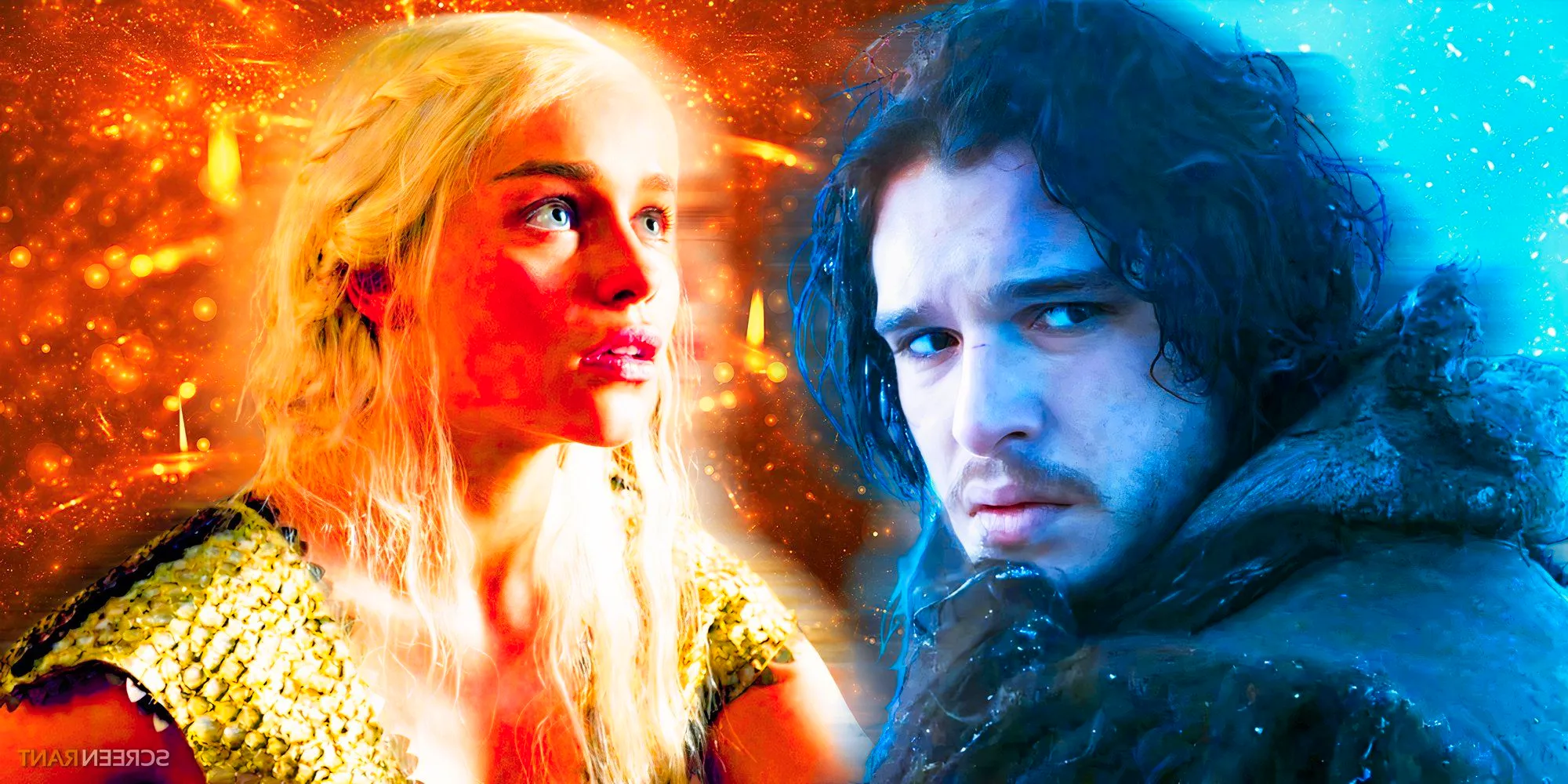
Cersei’s Game of Thrones childhood flashback reveals Maggy the Frog's prophecy about Cersei's children's demise, but in Martin’s version, we get this other critical detail–the killer is the "valonqar" ("little brother" in High Valyrian). This directly feeds Cersei’s hatred for Tyrion because she truly thinks it will be him. While some interpret that prophecy as pointing toward her twin Jaime, that fear of Tyrion remains another incredibly critical and largely unaddressed point!
6. The Dark Knight’s Agony: Tyrion’s Emotional Turmoil in A Dance With Dragons
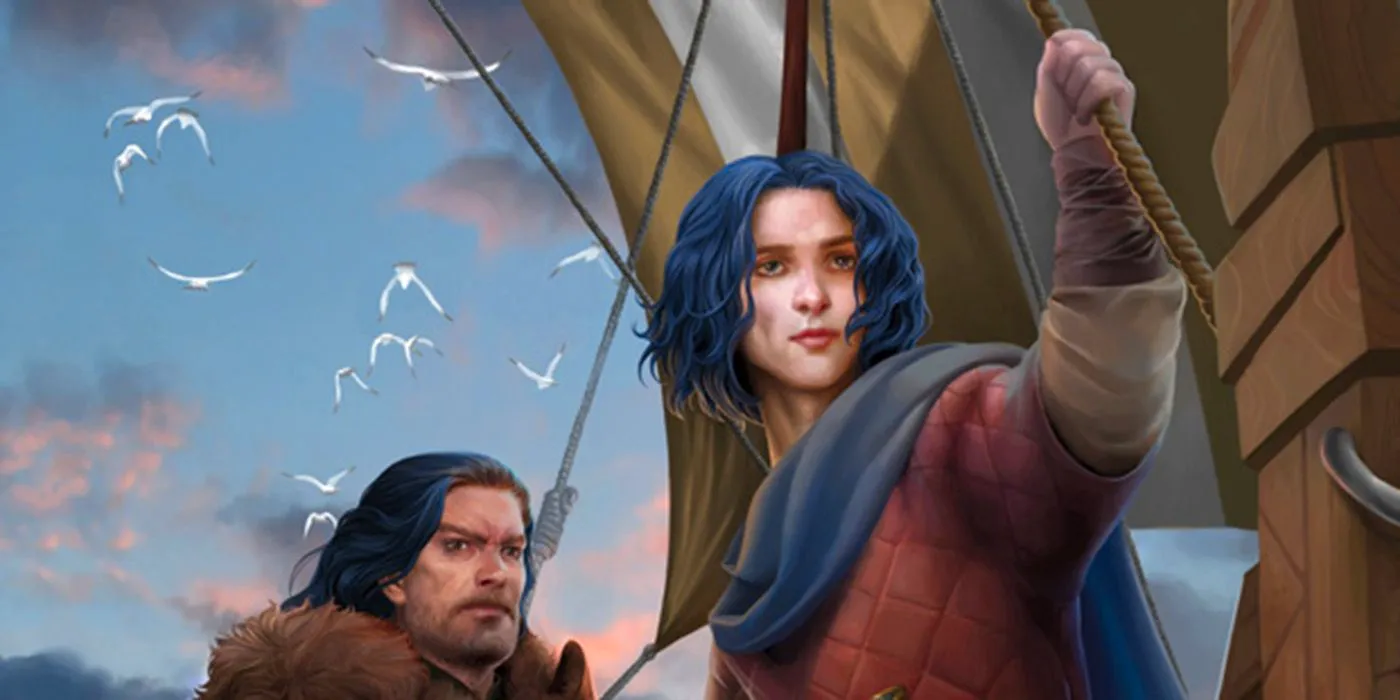
In the books, post A Storm of Swords, the character of Tyrion is deeply troubled and this has significant consequences upon this character and has deeply impacted the storyline going forward. His anger amplifies–consumed by the need to get revenge; generating deeply violent thoughts surrounding killing Cersei and Jaime. He has those brutal thoughts throughout those passages of the books that emphasize this incredible darkness; something rarely implied in the TV show. It demonstrates just how extreme and intensely volatile Tyrion’s mind is, especially within that intense psychological experience.
5. Young Griff: A Targaryen Rivalry

A Dance With Dragons introduces Young Griff, a possible son of Rhaegar Targaryen, and another serious challenger to Daenerys. The books describe Tyrion's interactions with him throughout their journey; their interactions show the developing recognition that this man has the potential to completely overtake Daenerys' entire plan; this would greatly reshape what Tyrion already assumes. His loyalty shifts here; something only explored superficially.
4. Penny: A Dwarf Connection With Deeper Impact
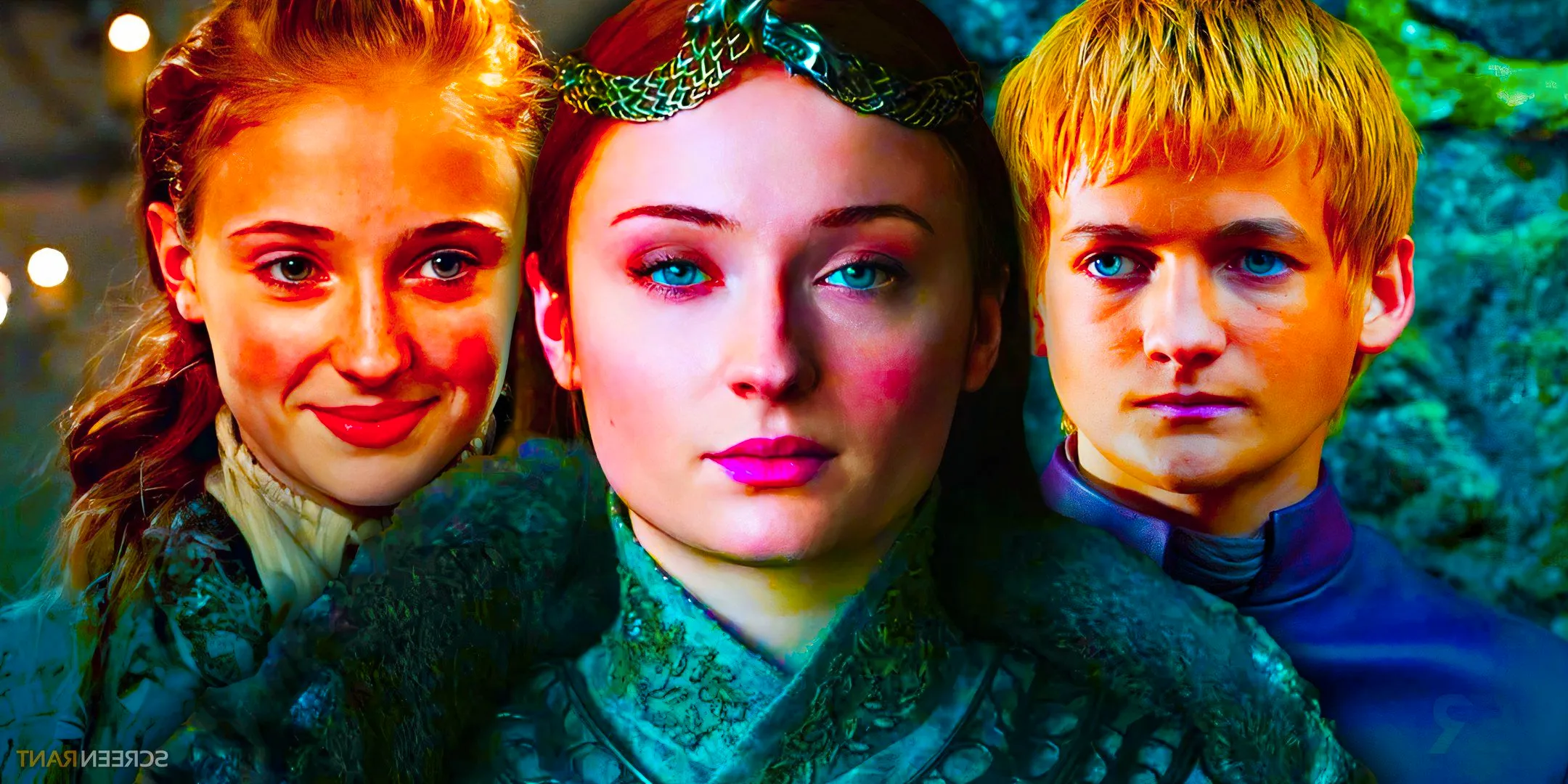
Penny, a dwarf who befriends Tyrion is utterly absent in the show. This book character adds to those aspects of Tyrion; this is a point largely unused in the show, however this minor book addition highlights that a relatively minor change could completely affect another area and character. She demonstrates this: Her brother gets killed (people think it was Tyrion!), triggering Penny's initial attempt to kill Tyrion, which becomes friendship and even an unlikely attraction, providing contrast for Tyrion's emotional state and creating significant dramatic weight to an otherwise underdeveloped aspect.
3. Shae's Plea for Mercy: A Deeper, Darker Betrayal
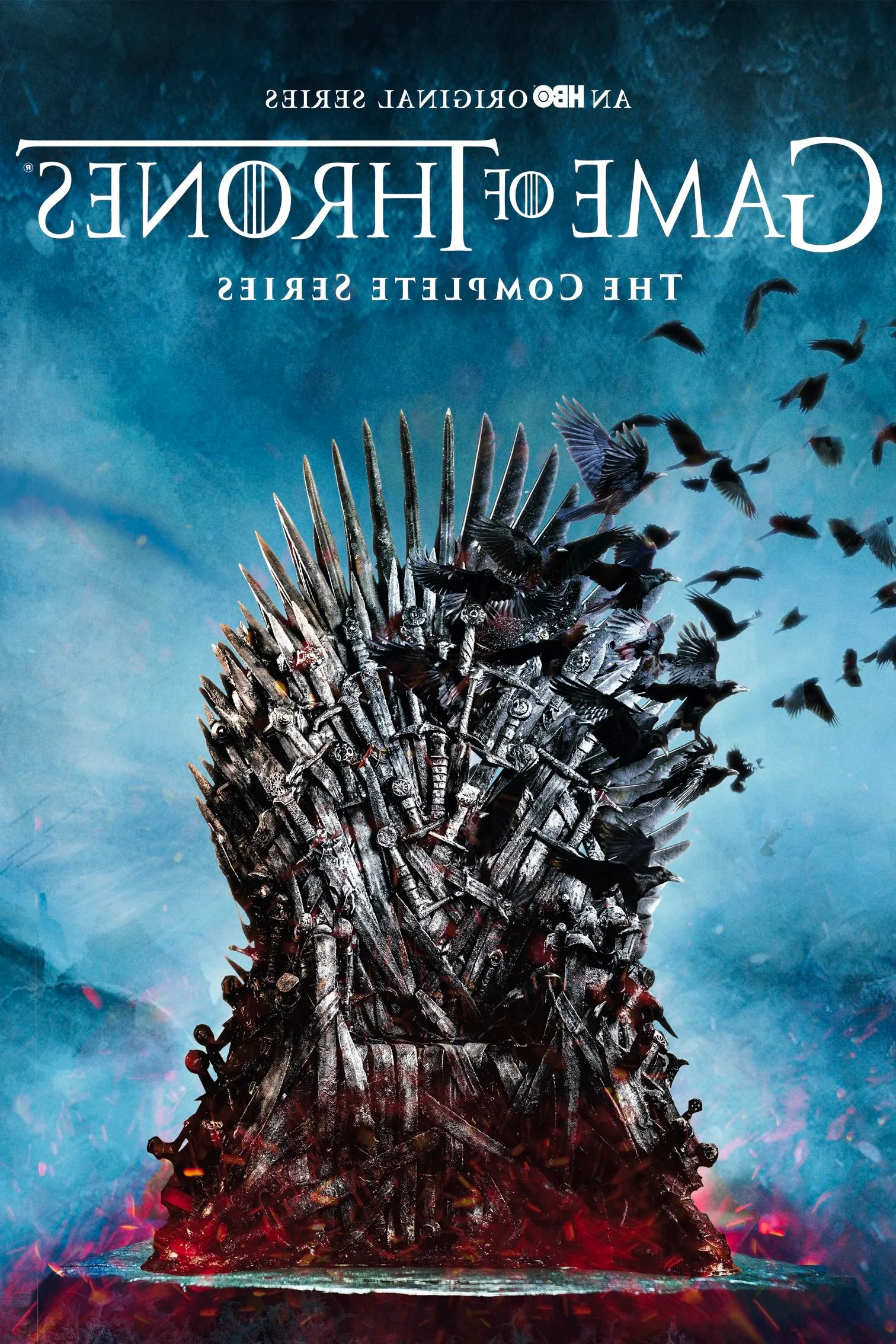
Tyrion's killing Shae? Horrifying both on screen and on the pages, the TV series portrays Shae as far more actively malevolent than what she appears in the books. This important, fundamental point of the narrative creates a profoundly significant effect upon Tyrion's psychological journey and motivations that lead to his murder of Shae in those final moments. Those interactions; in Martin’s version, emphasize the cruel twist even more deeply. Shae pleads for her life! Tyrion is utterly ruthless, driven by a rage that has little justification; something entirely omitted in the show.
2. Tyrion and Jaime: A Fractured Brotherhood

The relationship between Tyrion and Jaime is arguably softened in the HBO series. Although those early, positive developments do emerge, the source materials emphasize a completely fractured bond in later periods within that story arc, driven primarily by the event surrounding Tysha’s and Tywin's death. The hatred intensifies toward Cersei, affecting even his brothers, but in this particular version and context presented, those key emotional impacts completely reshapes that brotherly bond and ultimately has even deeper, long-lasting and incredibly volatile effects that last far beyond those initial events and ultimately impacts their development throughout this long narrative.
1. Supporting Characters and Loyalty: A Transactional Reality in Westeros

The show develops this emotional element surrounding Tyrion's key friendships: Bronn and Shae. Yet, the books paint a far less generous image. It's very transactional and utterly pragmatic – those relationships depend upon payments. There is little-to-no genuine affection involved. The show simplifies Tyrion's bonds; generating these warmer portrayals. The original book version is however a stark portrayal of the pragmatism that fuels so many events, highlighting an inherent harshness completely toned down within its HBO counterpart.
Conclusion: Tyrion Lannister: A Far More Complex Character in Print!
Tyrion Lannister is far more complicated than the TV show lets on! While the Game of Thrones version made Peter Dinklage into a beloved character; and its portrayal continues to resonate among fans; that version really plays down so many intensely negative emotional elements that could have otherwise significantly changed what we really understood about his motivations and character development! The darker, more complex Tyrion from Martin's books is perhaps more true to the harsh realities of Westeros; a complexity largely missing from the HBO series; especially considering the immensely poor storyline writing toward the ending of the show itself. That darker version isn’t easier to love, folks! It’s made far more difficult – making for a more nuanced character arc! Both versions highlight a specific quality, making them both noteworthy. However, that significant degree of separation regarding how vastly different they could be demonstrates why many people wanted far more development within that book's adaptation.


